
Umarkoo Wayi – Ganbu Guljin by Breathe, a much needed collaboration with Aboriginal Housing Victoria
Umarkoo Wayi – Ganbu Guljin by Breathe, a much needed collaboration with Aboriginal Housing Victoria
Share
For Umarkoo Wayi – Ganbu Guljin, Breathe collaborated and consulted with First Nations artist Tahnee Edwards and Aboriginal Housing Victoria.
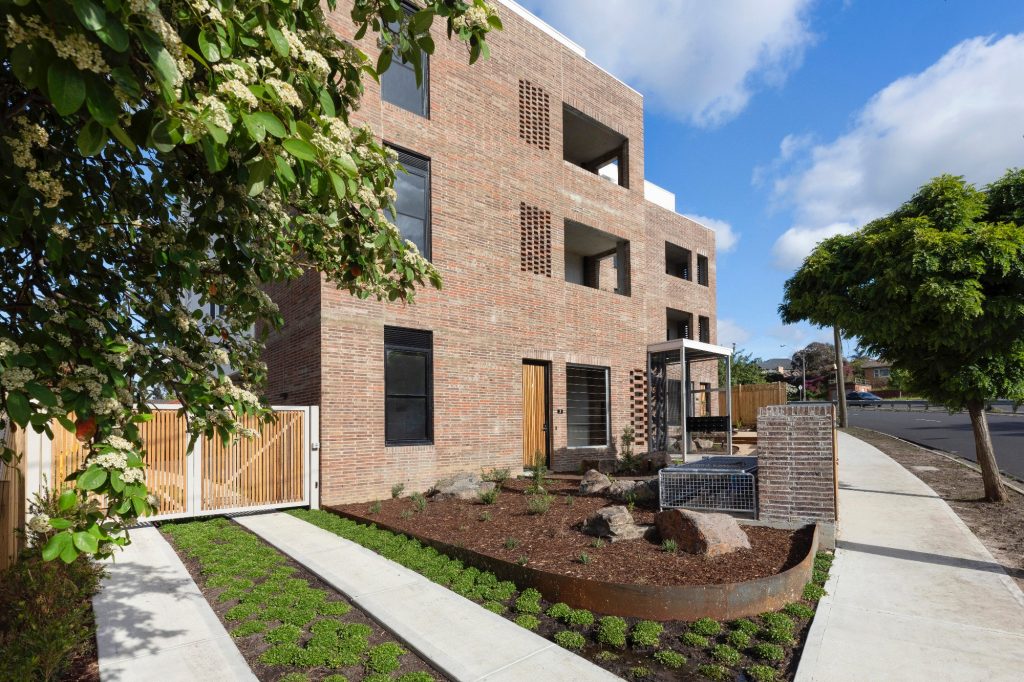
Umarkoo Wayi – Ganbu Guljin is Aboriginal Housing Victoria’s very first multi-residential venture.
Breathe approached the project with rigour to deliver a high quality building, embedded with sustainable design principles and cultural sensitivity.
Aboriginal Housing Victoria, a community-led organisation managing over 1500 rental properties for Aboriginal and Torres Strait Islander people in Victoria, embodies the strength and resilience of First Nations Peoples.
This strength exists despite inadequate access to affordable and appropriate housing – an issue which is complex and multi-faceted, rooted in dispossession and dislocation. One that requires action beyond architectural intervention alone.
First Nations Peoples are disproportionately impacted by housing market failure, family violence and breakdown, institutionalisation, poverty of household material resources, and a lack of culturally appropriate mainstream housing services.
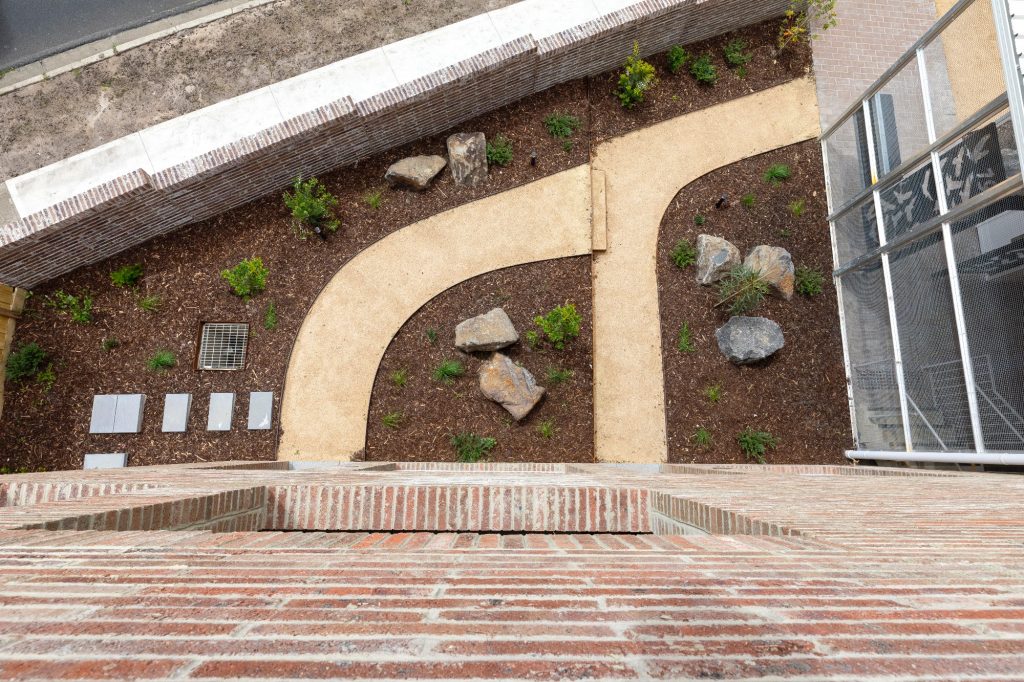
Recognising the need to significantly increase the amount of its available housing stock, Aboriginal Housing Victoria engaged Breathe to design their first multi-residential social housing project.
Aboriginal Housing Victoria has been a strong guide throughout this process, providing clear direction on culturally appropriate design.
The importance of “ensuring Aboriginal Victorians secure appropriate, affordable housing as a pathway to better lives and stronger communities” is primordial according to Aboriginal Housing Victoria.
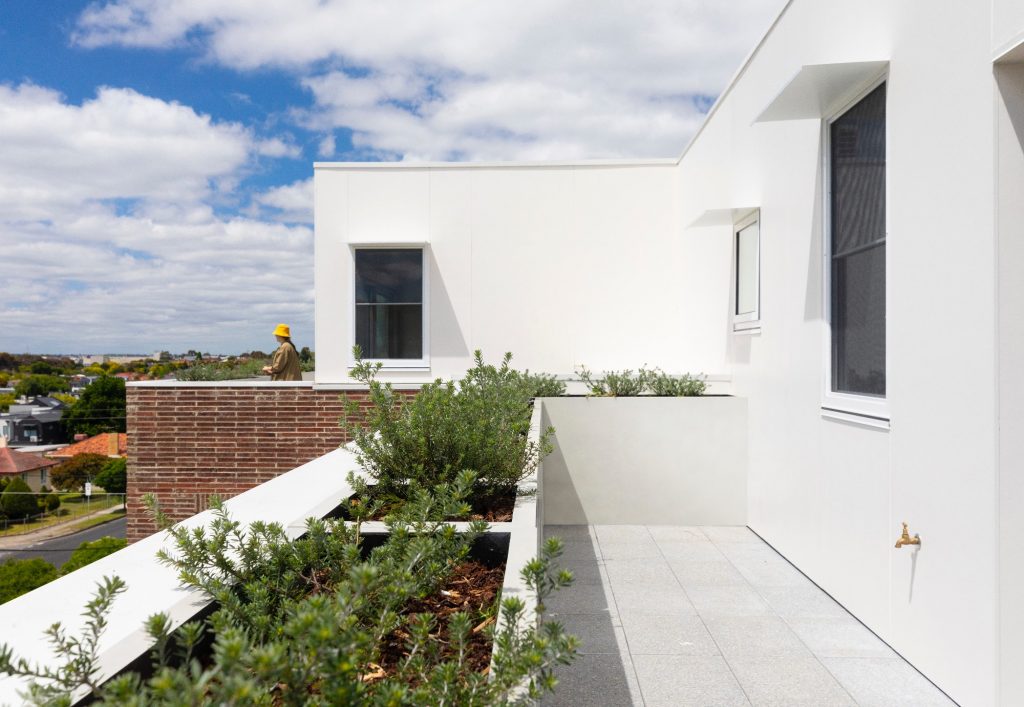
The brief was to challenge the tradition of exclusively reserving large single dwellings to meet housing needs, recognising its limitations in an urban context.
Instead, the brief is about offering a variety of housing stock to the large First Nations population in Reservoir.
It is located on a site that connects its residents to good amenity through proximity to public transport, job opportunities and community services. In particular, the Aboriginal Community Services precinct on Bell Street and the wider connection to community was a key siting consideration for Aboriginal Housing Victoria.
High standards maintained by the project team, including all consultants, enabled the practice to work with agility.
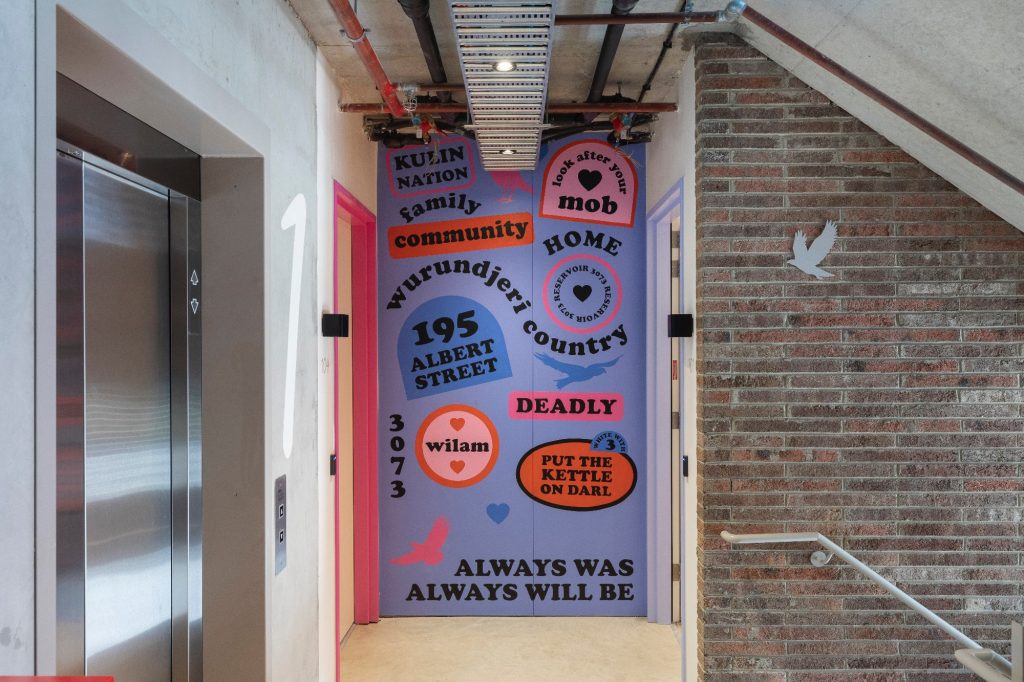
The City of Darebin’s support for the project through the planning approval process was integral to reinforce the importance of government prioritising projects like this to address issues of homelessness.
According to Faith Freeman, architect at Breathe, the most fulfilling aspect of working on this project was “having the opportunity to develop lasting relationships with dynamic and thoughtful collaborators”.
“In particular, the relationships with the fantastic crew at Aboriginal Housing Victoria and the builders at Bowden Corp who brought the project to life,” Freeman adds.
“Also, being able to work on a project that’s making such a meaningful contribution to an organisation that’s doing great work in the affordable housing sphere.”
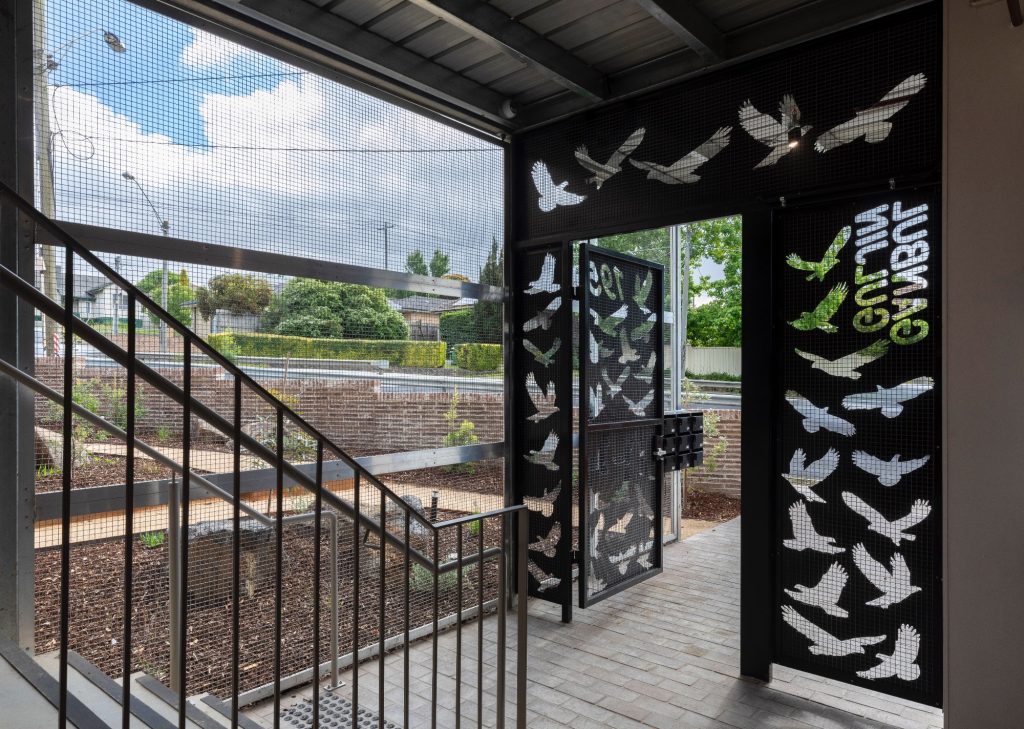
“Aboriginal Housing Victoria’s drive to support the self-determination of First Nations People in Australia through development and management of affordable housing projects is extraordinarily fulfilling to be a part of.”
Working on such a needed and meaningful project led the practice to grow.
“As a studio, we’re acutely aware that the lessons learnt from this project are still unfolding and will continue to for the life of the building,” explains Freeman.
“Looking back from what we’ve experienced thus far, three lessons stand out.
“First, the importance of process over product; the need for deep listening and collaboration wherever possible.
“For us, working with First Nations artist Tahnee Edwards on the artwork for the project was a great opportunity to execute this.
“Second, the need for unwavering high standards and rigour in the built design outcome.
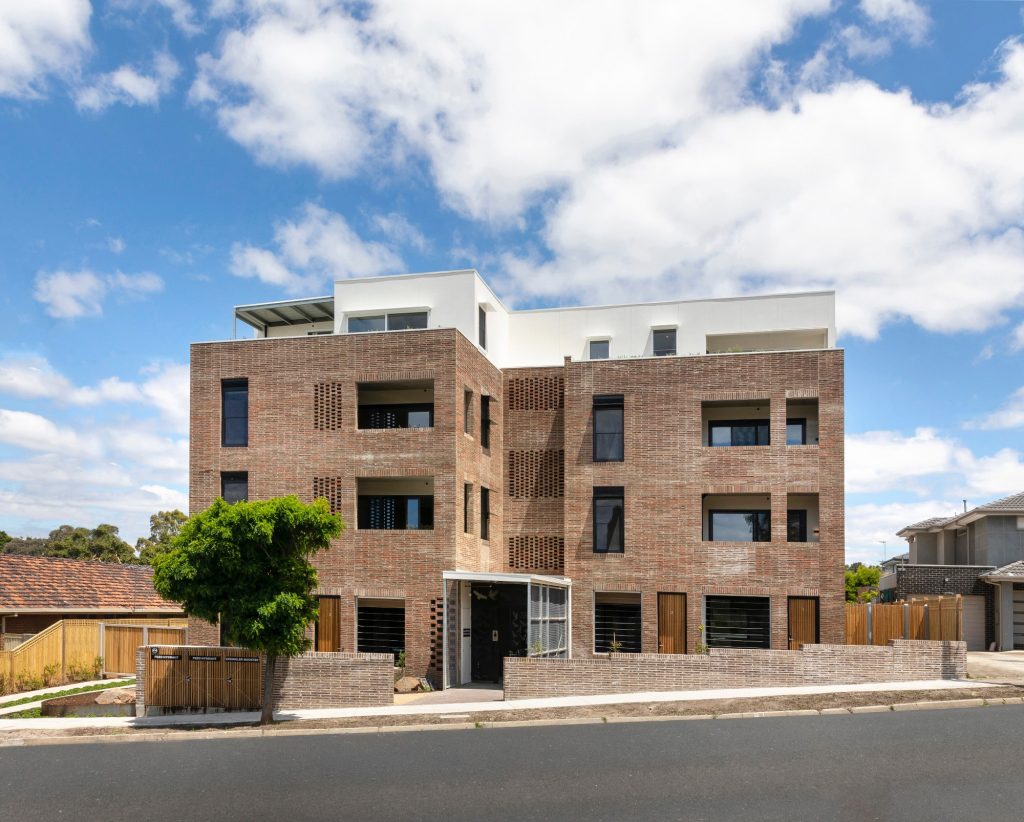
“And third, to design creatively to make opportunities from constraints.”
All projects present challenges and it’s the job of the architect to navigate these and deliver a great outcome despite them. Umarkoo Wayi – Ganbu Guljin is no exception to the rule.
“The most obvious constraint in this project was the budget, and the challenge to deliver an affordable product that was still culturally sensitive and wonderful to live in,” says Freeman.
“A reductionist approach to design was the primary tool we used to meet this challenge and Aboriginal Housing Victoria were extraordinarily receptive, which meant we were able to reduce costs significantly.”
Some of the great reductions included: the use of cork flooring throughout in lieu of the standard vinyl; exposed soffits and services; unwashed external brickwork; fibre cement sheet in bathrooms in lieu of vinyl or tiles; E0 PFSC certified MDF joinery; and reduced car parking.
“Another challenge was the shift in typology from single storey to multi-residential for Aboriginal Housing Victoria,” says Freeman.
“With a projected need of 5085 additional housing units for Aboriginal families by 2036, Aboriginal Housing Victoria recognised the need to significantly increase the amount of housing stock available, which meant that they needed to turn to a multi-residential housing model.
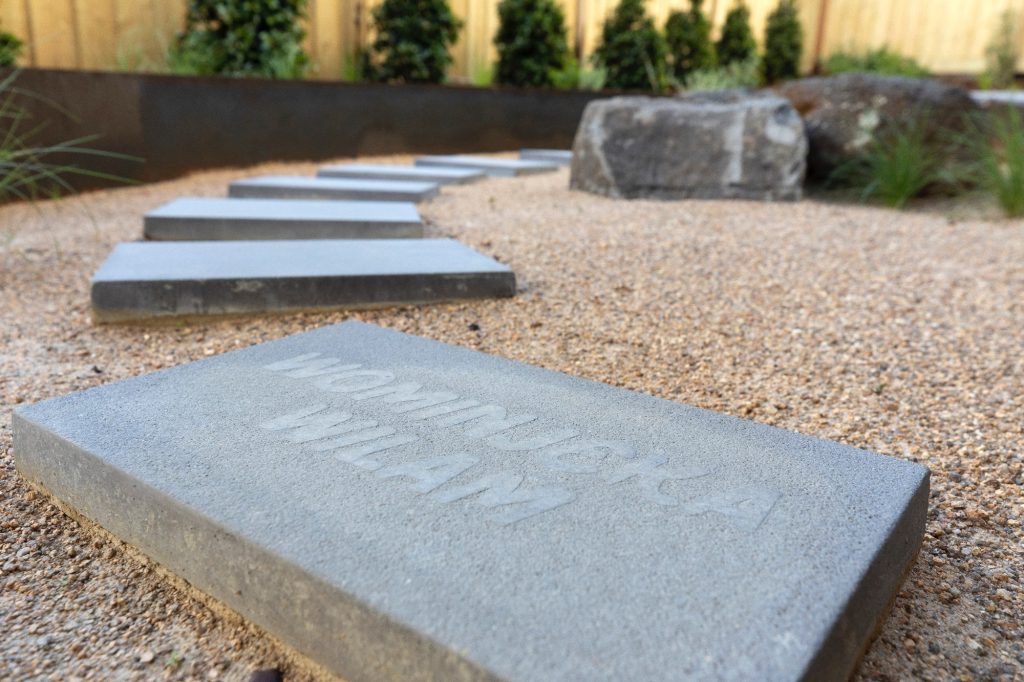
“For us as architects, this meant that we needed to create an exemplar housing model that took into consideration culture and the importance of social cohesion within a dense style of living. “
One way the team did this was to prioritise the housing of Elders in the three ground floor apartments.
“At ground level and facing the street, these residents act as custodians of the building, with each subsequent floor broken down into its own community with a distinct identity.”
At Breathe, the focus is on core values that are far more important than just aesthetics. Freeman is driven by being able to work on complex projects that push the boundaries – in terms of program and architecture – and that challenge architects to think creatively and honestly.
“At Breathe, we try not to be driven by aesthetics as the first port of call. Rather our material and compositional moves are driven by sustainability, humanity and functionality,” says Freeman.
“The most striking material in the project is arguably the long slender carbon neutral bricks donated by Brickworks!
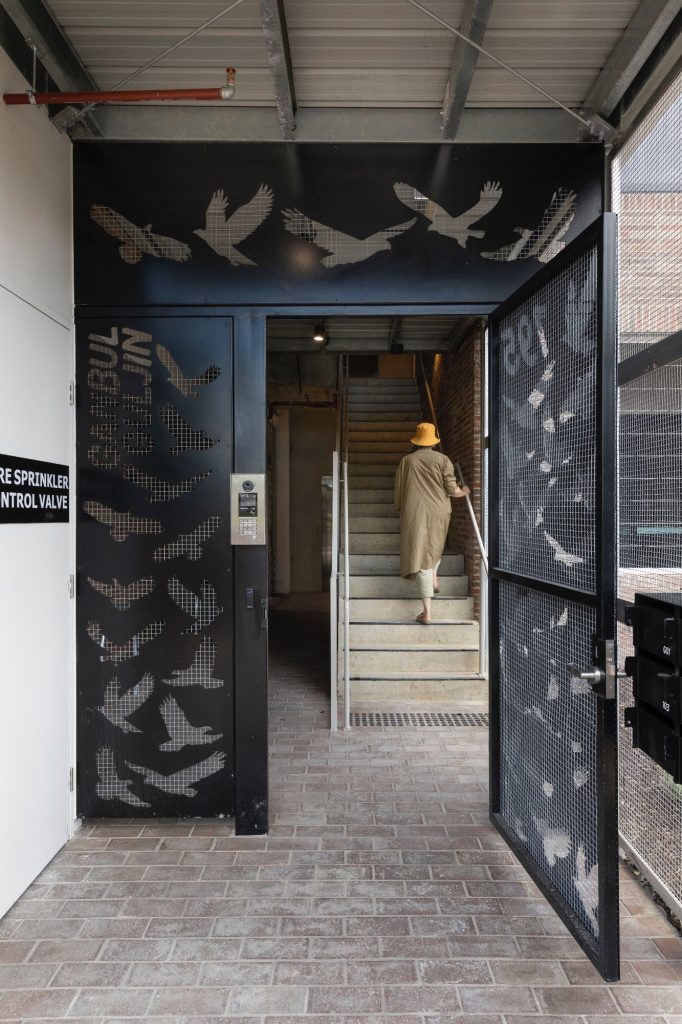
“Locally made, natural, and quarried from within 20km of the site, these bricks not only ground the building to Country but also provide a great thermal envelope.”
Breathe and ADR acknowledge the Wurundjeri people of the Kulin Nation, the Traditional Custodians of the land upon which Umarkoo Wayi – Ganbu Guljin stands. We recognise their continuing connection to land, waters and culture.
Discover what tomorrow will be made of when it comes to architecture according to Fender Katsalidis.
You Might also Like

















